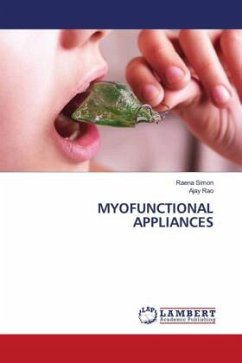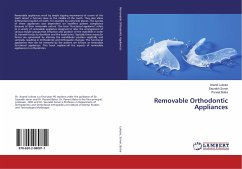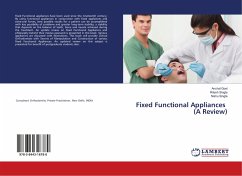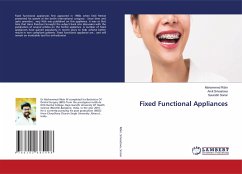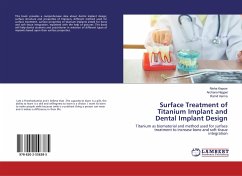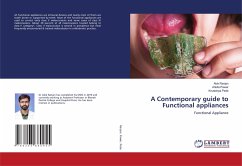Functional treatment in general is the principle that a "new pattern of function," dictated by the appliance, leads to the development of a correspondingly "new morphologic pattern." The "new pattern of function" can refer to different functional components of the orofacial system-for example, the tongue, the lips, the facial and masticatory muscles, the ligaments, and the periosteum. Depending on the type of appliance, its proponent puts more emphasis on one of these different functional components. The "new morphologic pattern" includes a different arrangement of the teeth within the jaws, an improvement of the occlusion, and an altered relation of the jaws. It also includes changes in the amount and direction of growth of the jaws, and differences in the facial size and proportions. Where fixed orthodontic mechanotherapy predominantly relies on the delivery of forces, a major part of functional appliance therapy makes use of force removal systems also.
Bitte wählen Sie Ihr Anliegen aus.
Rechnungen
Retourenschein anfordern
Bestellstatus
Storno



